Portman Architects Remember John C. “Jack” Portman, III
It’s the third week in the office without our fearless leader Jack, and he is truly missed by all. Walking by his office, we find ourselves expecting to see Jack there on the phone, working with clients, getting our next job—leading us forward. And yet, even though he’s not there physically, he remains present in our hearts and minds, continuing to guide us forward like the true mentor he was and remains to so many.
As we at Portman Architects reflect on the loss of our leader, mentor, and friend, we remember some of the most important lessons Jack taught us. We do this to honor him, his legacy, and the ideals he stood for. Portman Architects is now called to respect his life through the action of his message.
Like his father before him, Jack wanted to create an architecture for people and not for things. He sought to create people-oriented places. And unique to himself was the innate capacity to understand people on a fundamental personal level. Jack had the ability to make you feel like you’ve been best friends for years. He embodied his work by being a people-oriented person.
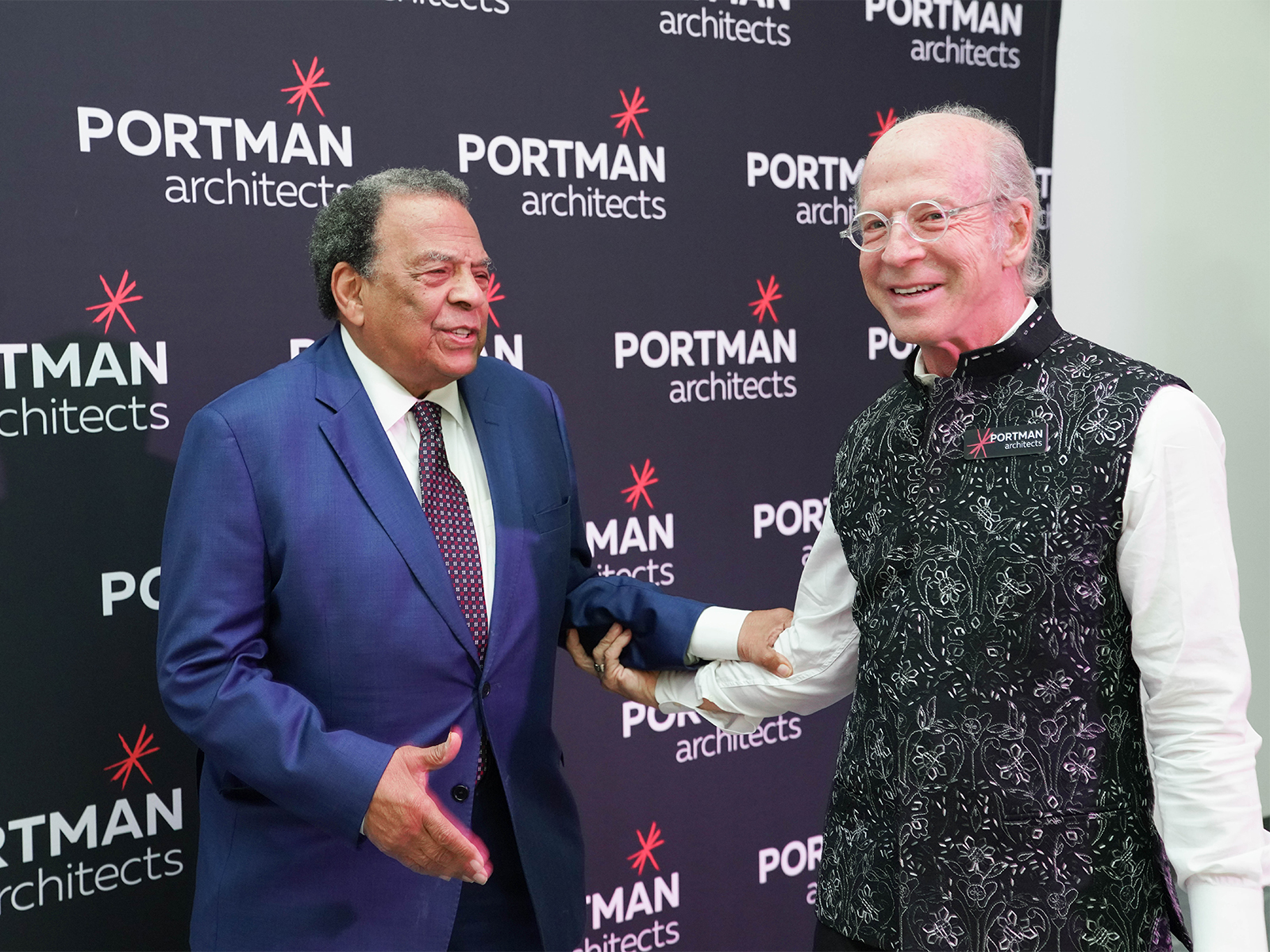
As many know, he was a pioneer for his accomplishments in expanding the Portman business internationally, specifically into China and India, before anyone else. People say he opened the East for business to the West. However, what he really did was bring the East and the West together by building a global bridge through interpersonal relationships and trust. It was his ability to find that special something that allowed one person to connect to another that invited several seemingly opposite entities to the same table to do something unprecedented.
It’s important to remember that no foreigner had been able to develop in China successfully before Jack. Impossible was not part of his lexicon. Like a true architect developer, he knew that what seemed impossible to others was in fact a complex problem that could only be solved if a variety of variables were understood. And rather than analyze the precedent data points—there were none—he knew that the best and most effective way to learn about these variables was directly from those he was engaging with through a language of people-oriented design.
When asked how he adapted himself to the rituals, the culture, and the formalities of each country around the Pacific Rim, Jack said:
“I think a secret to doing that is just to listen. You know, sometimes people just want to pontificate, they want to talk, they want to sell themselves, and in that process occasionally your ears are not working very well and therefore, you are putting across who you are rather than trying to understand who they are. So, I just developed an interest in trying to learn as much as I could about the people I was dealing with, their customs and culture, because it was new to me, it was different to me, and therefore, it was very interesting, and I wanted to learn more about it.”
As an avid lifelong learner, Jack was always curious and so more interested in listening and trying to understand others’ perspectives. With that earned knowledge and understanding, he would figure out how best to express himself in a manner that made sense to others in the context of their understanding—the very definition of empathy. Jack taught us to listen to understand.
In that way, Jack embodied the ethos of Portman architecture and development. The quality and experience that you get from Portman architecture are personal. It is about design, community, and personal sensorial experiences. It is about how the design makes you feel. And with Jack at the office or in life, it was about how he made you feel: welcomed, heard, and understood. That feeling has become the trademark of all Portman projects thanks to his interpersonal behavior, leadership, and focus on the experiential quality of design.
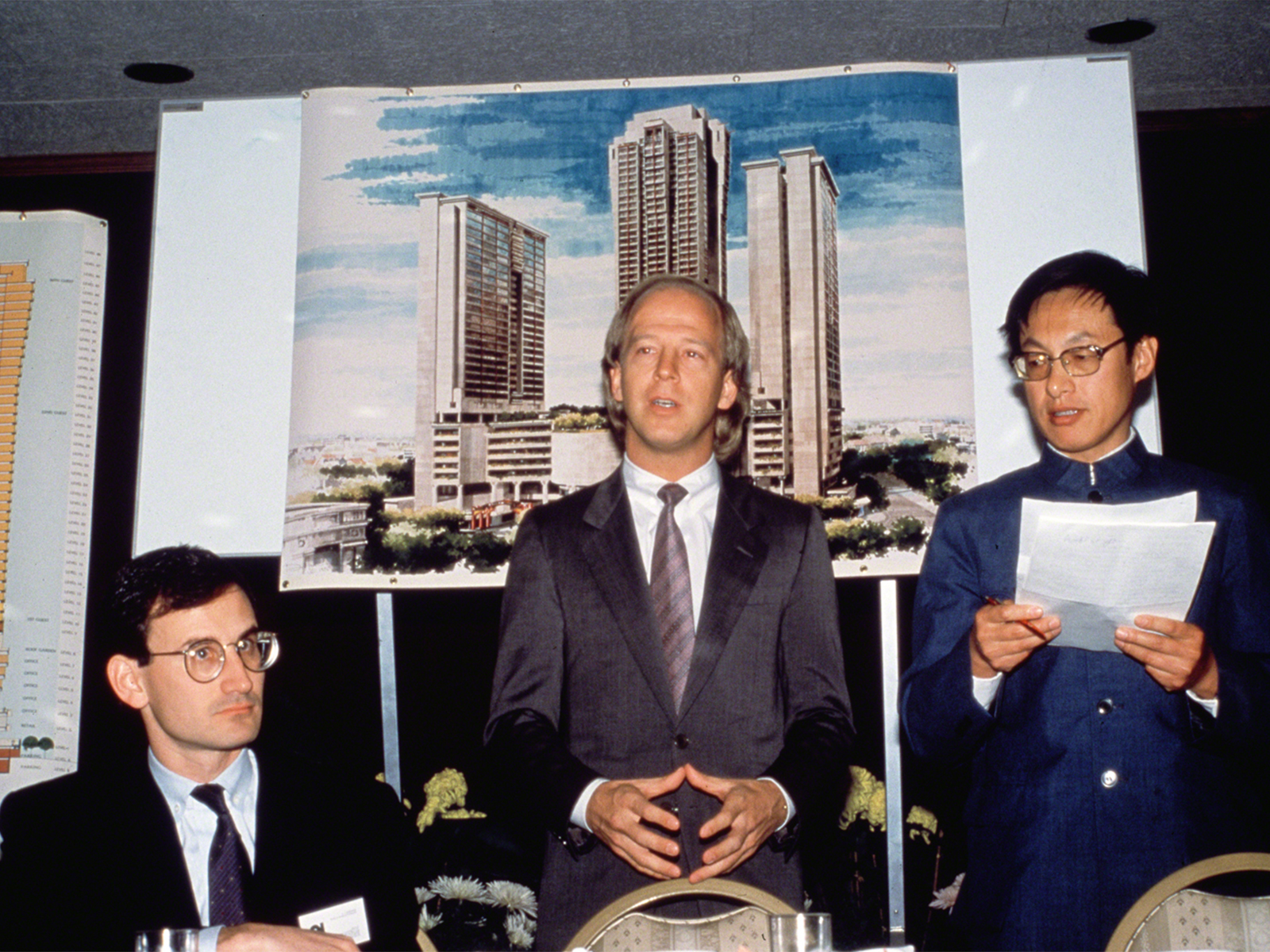
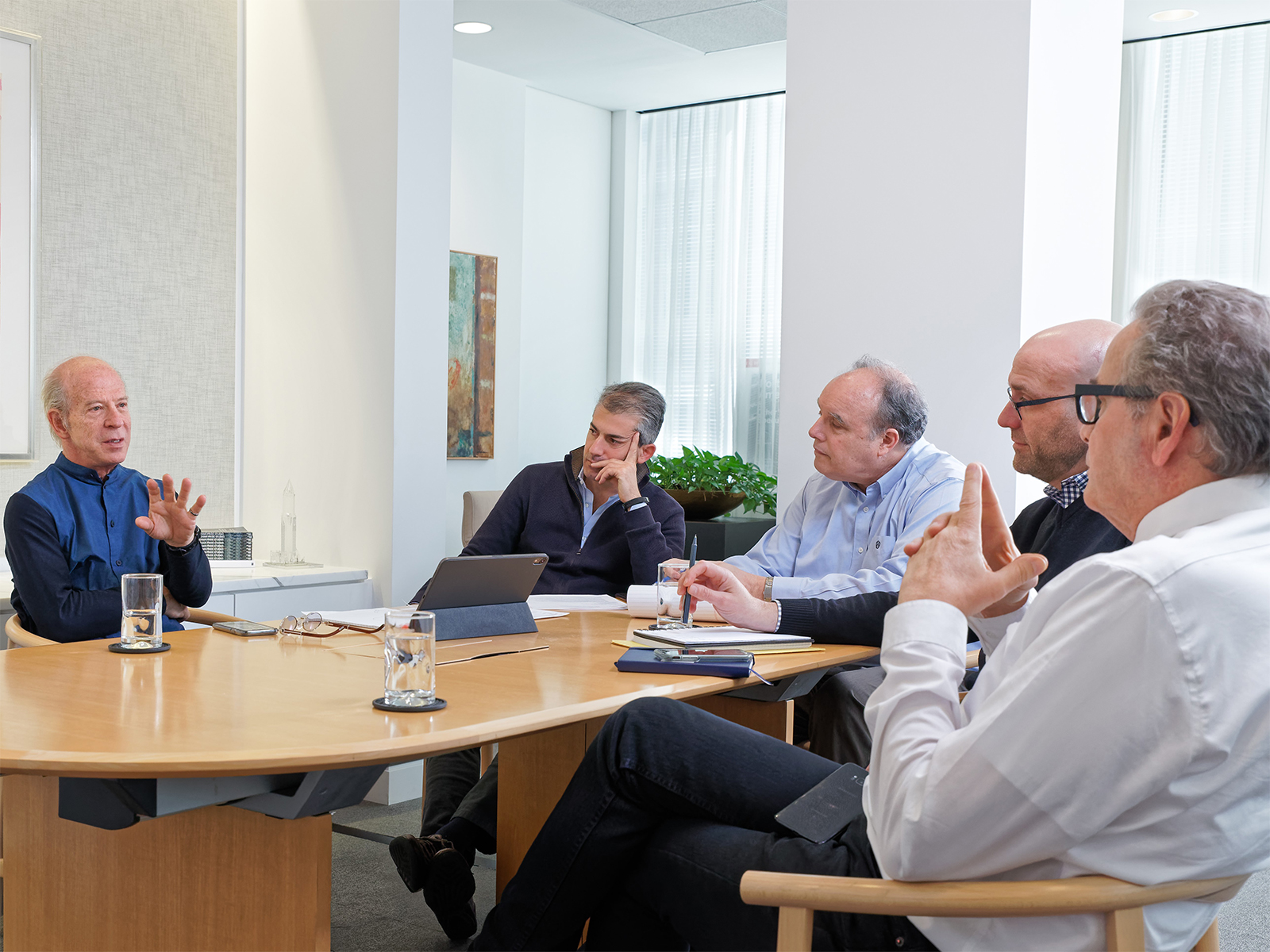
Jack said, “The design is focused on the needs of the people who use it. So, the architect is thinking from the point of view of the user, not necessarily from the outside looking at the project of what it might look like or how it might appear physically. You figure out what the functions are and what the people need, and how to make that experience for the people who use it more enjoyable, more memorable, warmer, more exciting, more serene. So, you’re playing with all the senses of the people who are using the space. And for Portman, it’s not necessarily about designing one building, but it’s about designing a community of buildings which are referred to as mixed-use developments.”
Jack’s emphasis on experiential design comes less from an academic understanding of architectural theory, and more from the pragmatic nature of what the purpose of the development actually is: to create a place that empowers someone to live a life that is rich in beautiful moments. His personality reflected that the richest moments for him were those shared with others, with the people he loved and the people who loved him. His desire to travel, see, experience, and learn about the world is reflected in his life choices and pursuits. In giving back, he wanted to share the richness of life that came from those experiences.
As a developer, Jack knew that any given project would have to be cost-effective in order to be viable, but equally importantly, as an architect, he realized that one of the most effective ways to create a successful development is in a way that makes life more sensorial and more vibrant in its interactive spaces for those who live there—to make the experience of that place as enjoyable as possible, whatever the constraints. In this way, they could experience the beauty that he saw in living more fully. This desire is reflected in his projects, as he prioritized financial resources on collective spaces and promoted designs that would facilitate more interaction amongst its users.
“Being able to design these projects is the primary motivation of it all. If it takes figuring out how to finance it, figuring out how to program it, figuring out how to convince the stakeholders to let you do it, it’s all in order to have the opportunity through your own creative initiative to come up with a building and a project that makes it a better place for people to live. That’s the primary motivation. At the same time, if the project is not feasible, if it is not economically viable, then nobody’s going to invest to make it happen. So, you have to figure out how to make it financially viable while at the same time fulfilling your primary desire: to create a meaningful environment.”
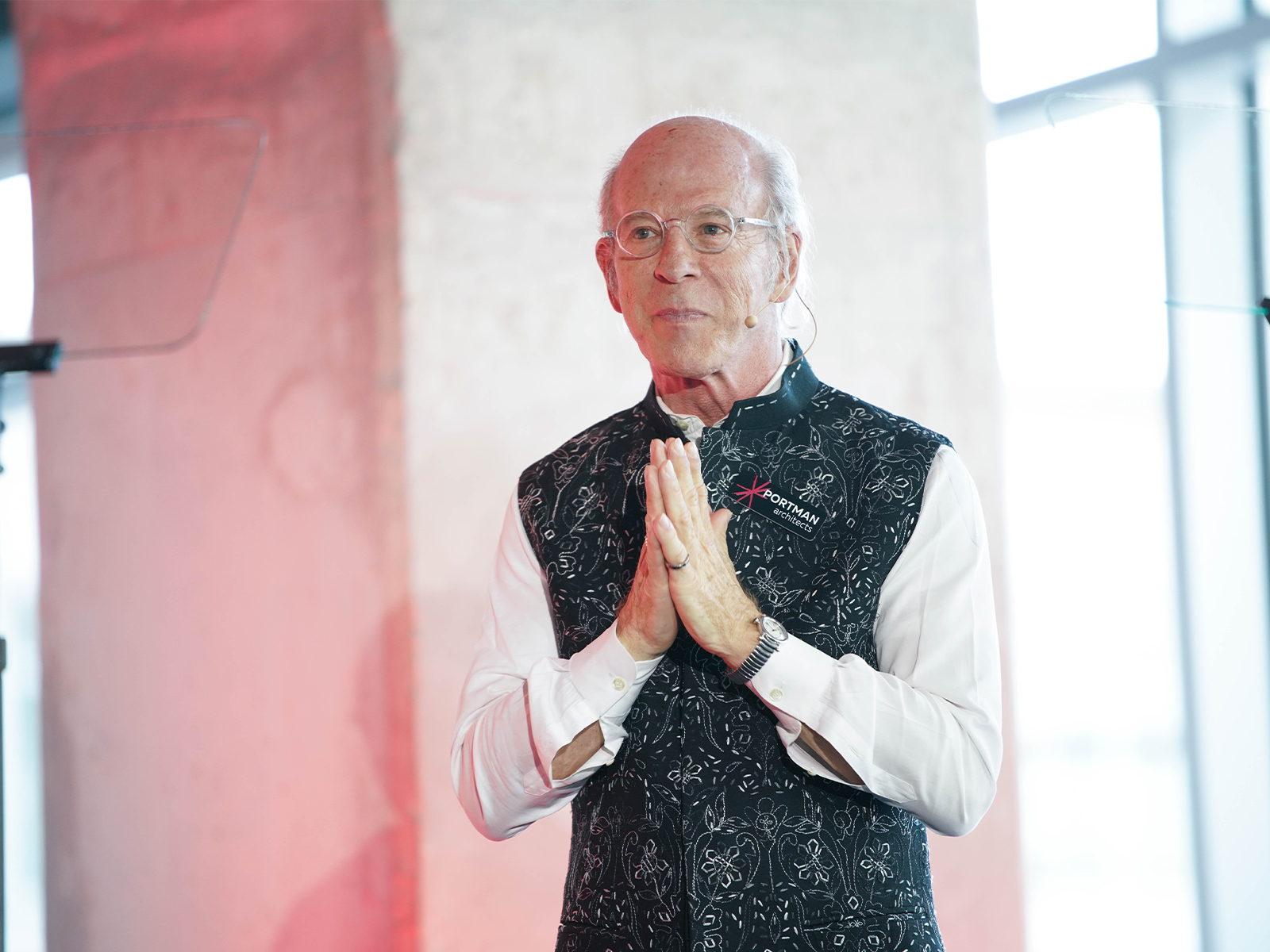
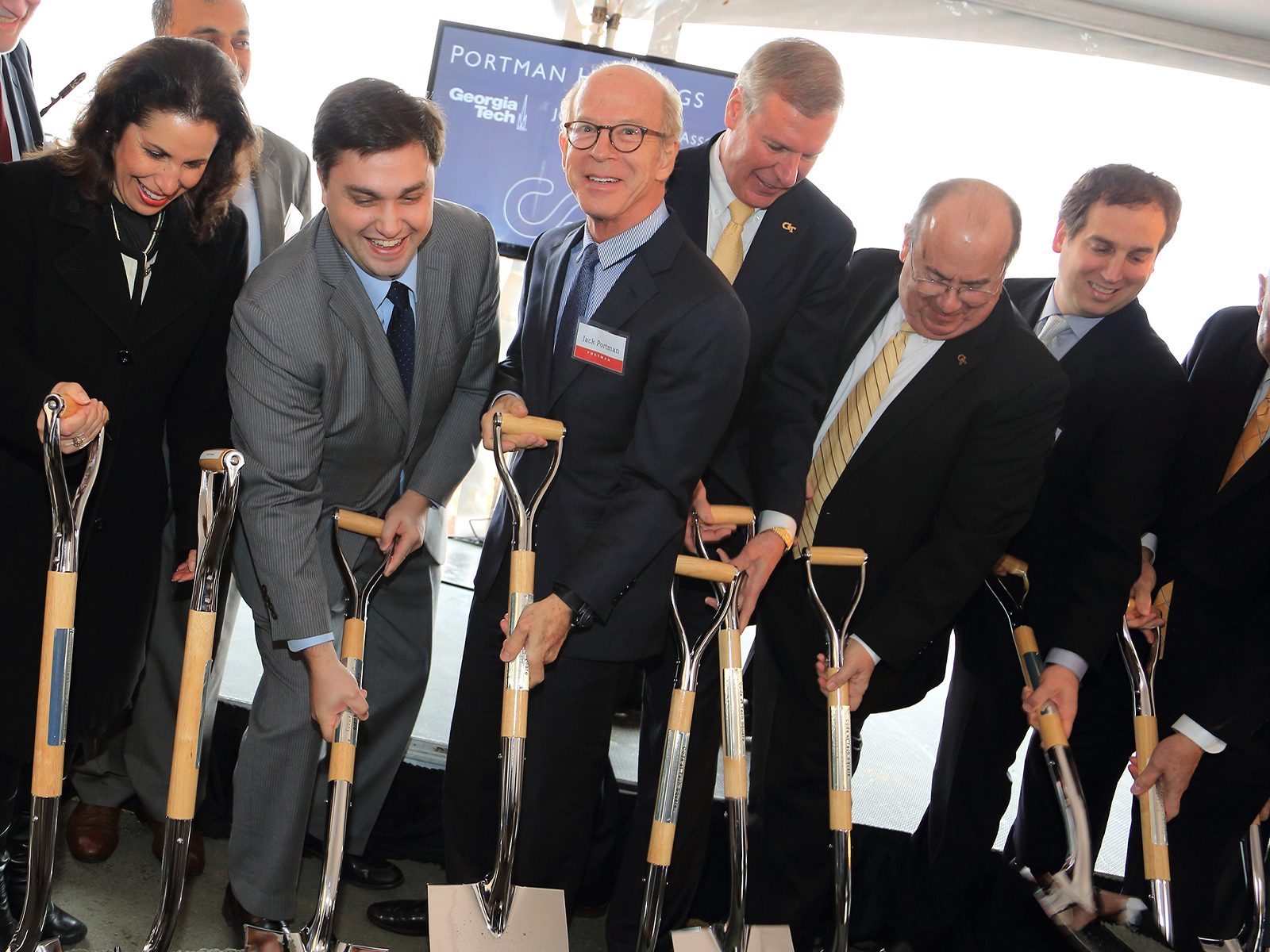
Being one of the few successful architect developers, Jack knew that the creative tension between these disciplines is critical. Therefore, he emphasized and advised his fellow architects to learn the language of developers, and likewise taught developers the essential risk mitigation that comes from intelligent design. He made it clear that mature architects and developers understand the benefits of collaboration, and that while good designers and developers know how to anticipate trends in the market, the best designers and developers lead trends and create markets.
By cultivating this mutual understanding, Jack articulated that communication was the key to any successful project. Effective communication is the tool that would expand his understanding and give him the opportunity to gain new perspectives as well as new opportunities to question assumptions or the status quo of conventional thinking. He believed this so much, he learned Mandarin not only to relate to clients, but to see the world with a wholly new lens. And as the firm’s foremost mentor, he sparked ingenuity and passion to his coworkers by standing resolute, engaged, authentic, and tuned in to the needs of his people.
As we at Portman continue to push forward with Jack’s vision, we miss his leadership and his big ideas at the firm. He was an interdisciplinary thinker who promoted people-oriented places, cultural empathy, and humanitarian understanding through trade. It is these ideals, Jack believed, that may ultimately bring the world closer together to understand the beauty that is life.
And rather than focus on the suddenness of his passing or the fact that it was much too soon, we want to celebrate Jack Portman’s life and work with passion and honor. We know how much he cared for what his family built, continues to build, and how much it means to the people it serves. We will step up, take the torch, and carry forward the amazing legacy Jack, his father, and the Portman family have built, and work together to make something that first and foremost serves the people for whom it is designed.
We think that is what Jack would have wanted: for us not to despair but rise up in hope that we can create something that sparks joy in someone’s life. We celebrate Jack and are forever grateful for his example, gifts of knowledge, insight, intuition, philanthropy, and leadership.
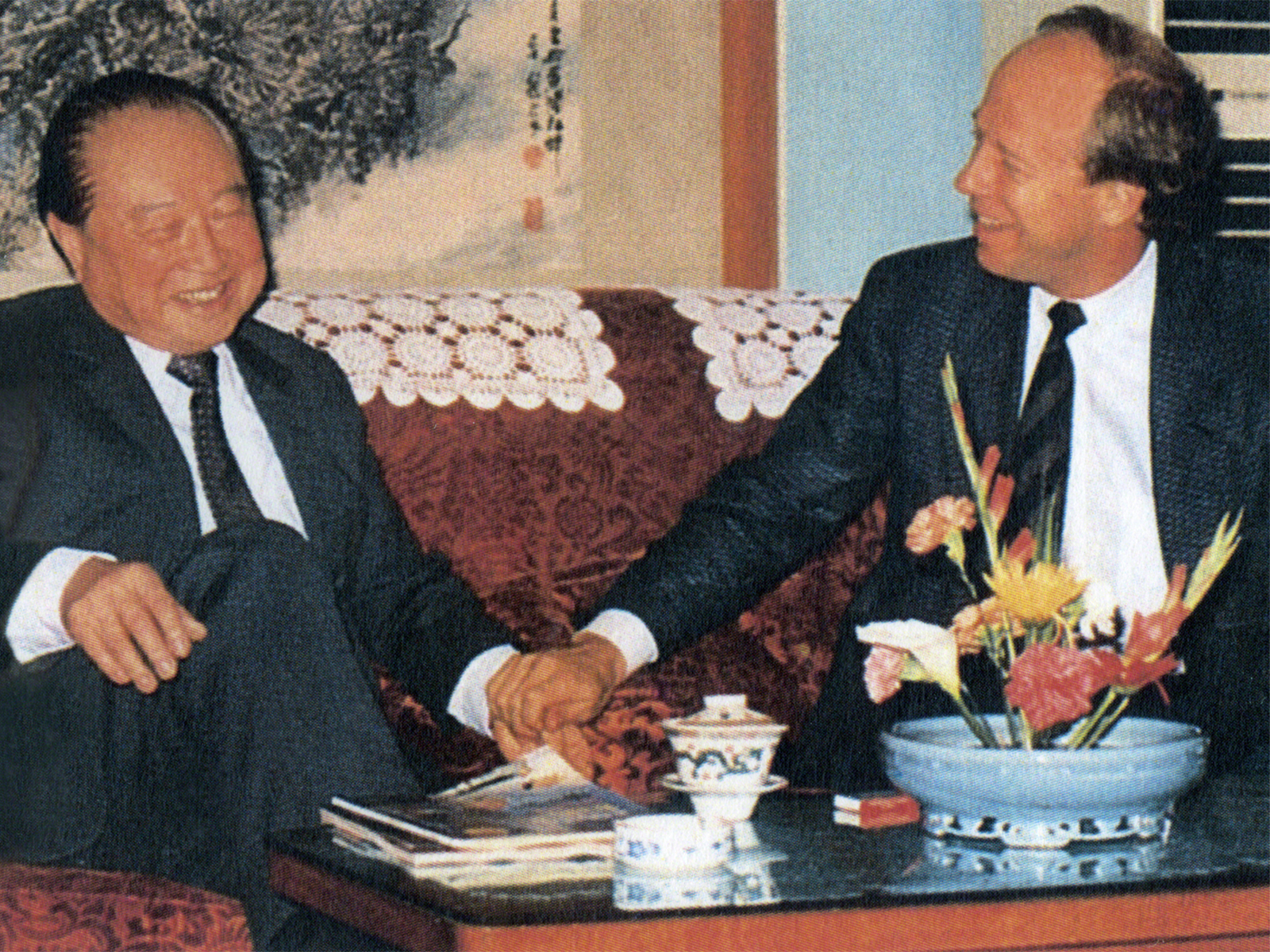
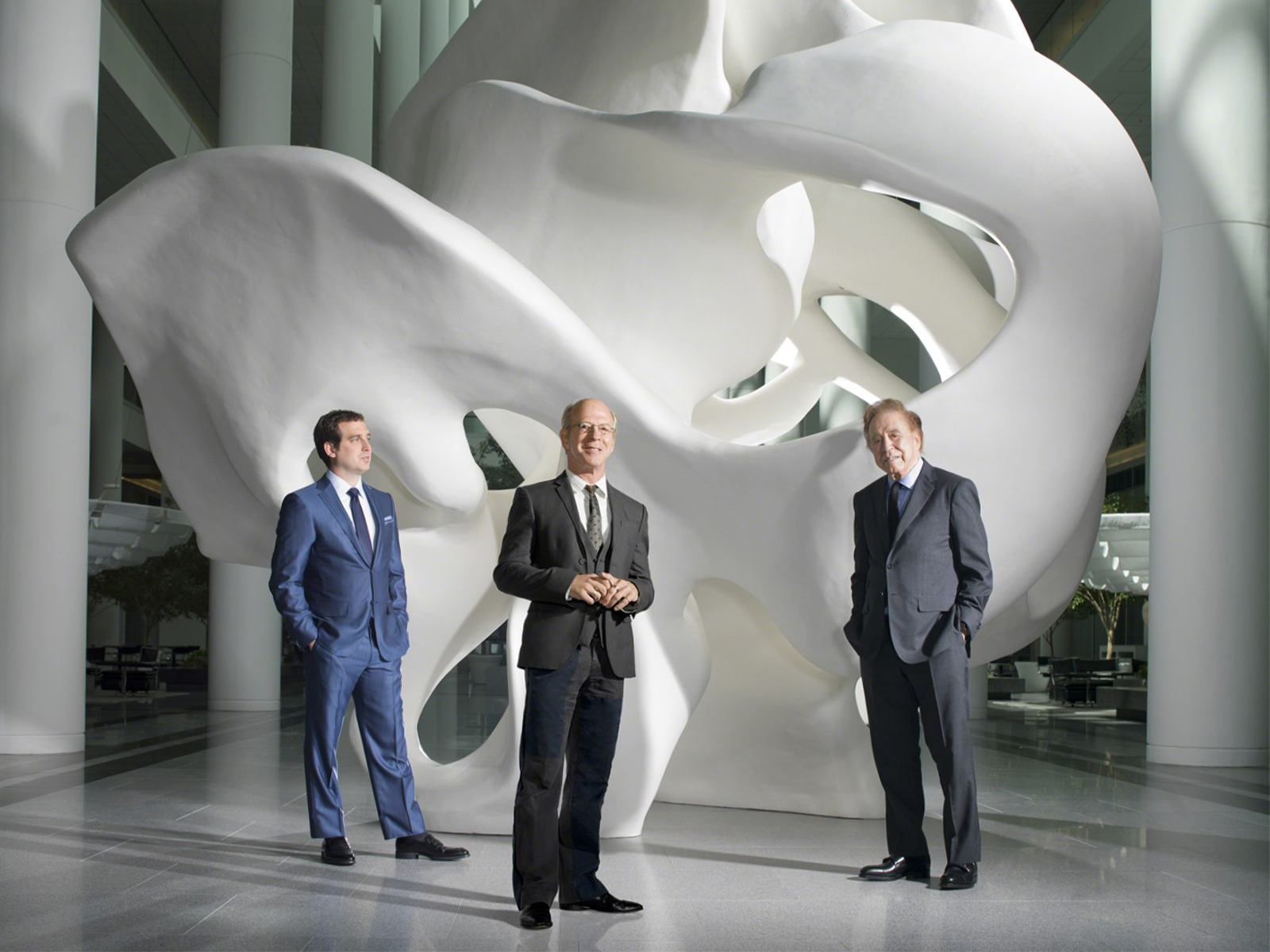
Do not go where the path may lead, go instead where there is no path and leave a trail. —Ralph Waldo Emerson
In living, Jack carved a path that made his mother, father, siblings, children, grandchildren, and friends proud. And he tremendously inspired his peers, clients, and coworkers by forever transforming skylines and bridging worlds. In passing, he successfully leaves behind a legacy of visionary thinking and bold living—a true trailblazer.
